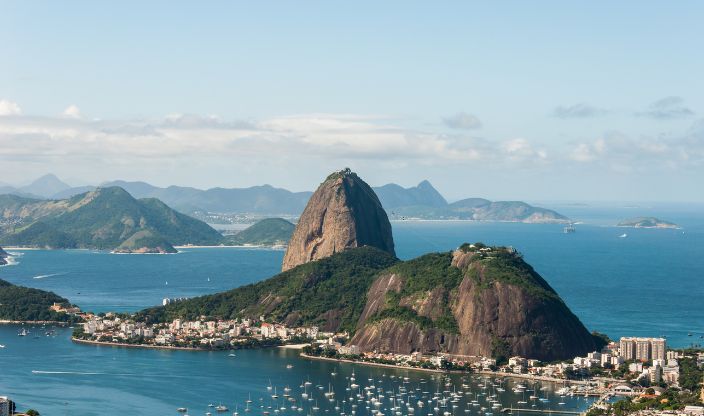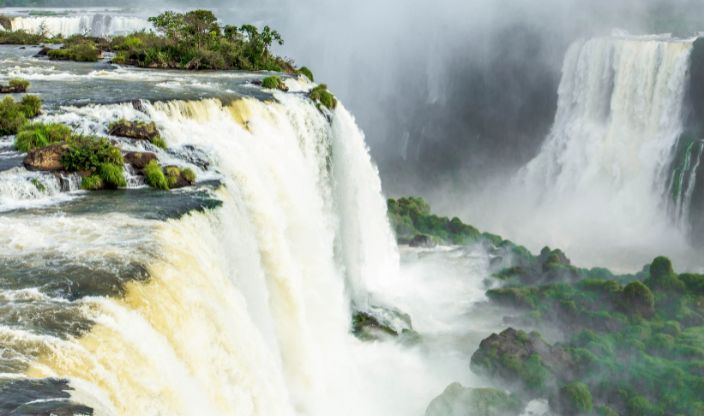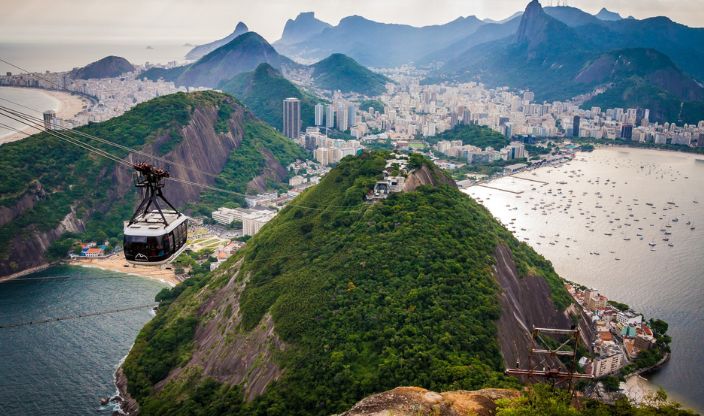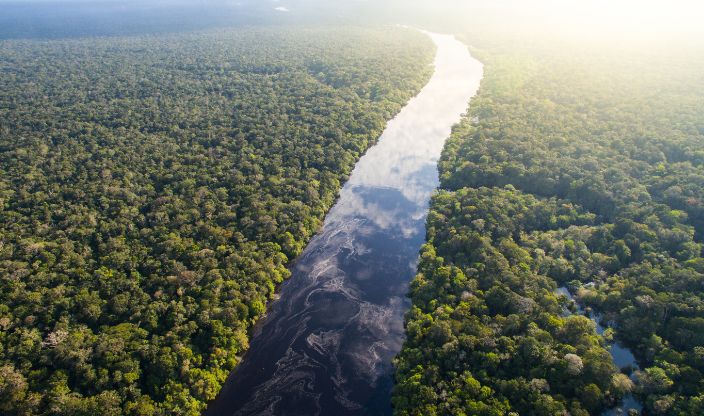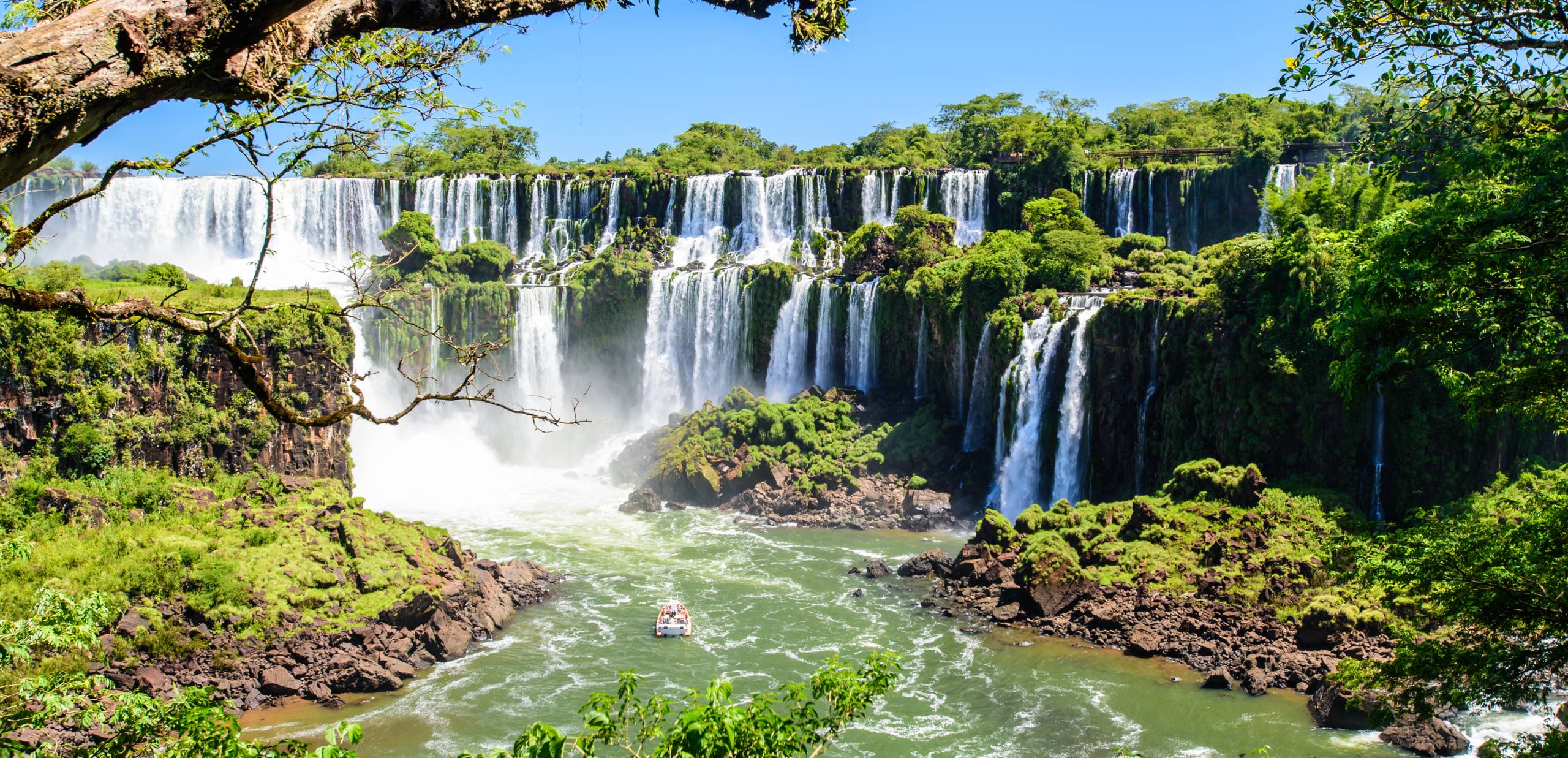Introducing Brazil
Brazil is a wild and spectacular nation with beautiful beaches, a fantastic jungle, and a samba-fuelled culture.
Great natural wonders, vibrant, expressive towns, a vast rainforest, and stunning beaches are all promised when you visit Brazil.
Rio de Janeiro, the colourful city where the annual Rio Carnival is held, is home to the renowned Copacabana Beach, Sugarloaf Mountain, and the magnificent Christ the Redeemer statue.
Due to its tremendous biodiversity, the Amazon Rainforest is a key highlight of any journey to Brazil. Spend a few days in a resort in the rainforest or on an Amazon Cruise for incredible wildlife observing opportunities.
Brazil’s vibrant splendour will satisfy all your travel needs for an outstanding vacation experience that is rich in culture, entertainment, and positive energy.
Brazil is the fifth-biggest country in the world and the largest country in South America. With a 4,500-mile (7,400-kilometer) Atlantic Ocean coastline, it is shaped in a massive triangle on the eastern side of the continent. Except for Chile and Ecuador, it shares borders with every country in South America. The Amazon River and the surrounding jungles dominate northern Brazil. The Amazon is a system of hundreds of rivers, not just one. It measures 4,250 miles in total (6,840 kilometres).
Brazil is best visited between November and March. With temperatures ranging from 27 to 33 degrees Celsius, these are the hottest months of the year and are ideal times to visit as it is close to the New Year and Carnival celebrations.
The Pantanal, the biggest tropical wetland in the world, is located in Brazil. April through October, temperatures range between 30°C and 35°C, and these are the driest months in the Pantanal. But just like in the Amazon, its rainier months present unique opportunities for observing wildlife. Among the animals you might view are jaguars, hyacinth macaws, and capybara.
Brazilian cuisine has been heavily influenced by its Portuguese colonisation in the 16th century, as well as the mixture of other ethnic groups that migrated, such as Japan, South America, Africa and Europe. Most of their dishes comprise of rice, beans, stews and pastry pockets.
Some of their most famous dishes include:
Feijoada: This rich, thick stew is made of black beans cooked with various types of pork and is flavoured with tomatoes, cabbage, and carrots.
Farofa is a wonderfully salty meal formed from tiny bits of bacon that have been cooked in cassava flour and is well known for its characteristic smoky flavour. It is prepared with rice and beans, which help the entrée retain its texture by soaking up the fluids.
Another Bahian favourite is acarajé. Black-eyed peas are mixed with finely chopped onions and used to make this crispy fritter.
During the extensive European discoveries conducted by Portugal and Spain in the late 15th century, Brazil got added to the world map. Over 30 million indigenous people, often known as Amerindians, lived in Brazil when European explorers first arrived on its shore.
Portugal built its first colony in 1530. Along the shore, sugarcane plantations were established, who also brought gold and diamonds back to Europe. Soon, slave workers from West Africa were introduced to Brazil. Many individuals from the coastlines and from Europe travelled to Brazil after the discovery of significant gold reserves.
Brazilians attempted to overthrow their Portuguese colonial masters in 1789. Although the uprising was quickly shut down, it ignited a desire for independence. Brazil became an independent state in 1822. Monarchs of Portuguese ancestry ruled until 1888, when the king was driven from power by military commanders and landowners, and Brazil became a federal republic.
Three ethnic groups—Amerindians, Portuguese, and Africans—make up most Brazilians. Other immigrants from Europe, the Middle East, and Japan began to arrive in the 19th century, adding to this mixture. Its cultural diversity has produced a vibrant religious and gastronomic culture.
Rio de Janeiro is an amazing place to visit with your family, for its magnificent beaches and unique surroundings, which can best be enjoyed from Sugar Loaf Mountain or Corcovado.
One of Brazil’s top natural wonders is Iguassu Falls. The location of the falls within a tropical rainforest adds to the magnificent spectacle of such a massive volume of water. Go into the Amazon with older children, where they can experience observing the amazing flora and fauna of the amazing rainforest. Another great location to experience the wildlife of the region is by visiting the Pantanal wetlands.
Recommended Brazil Specialists
Top Locations in Brazil
